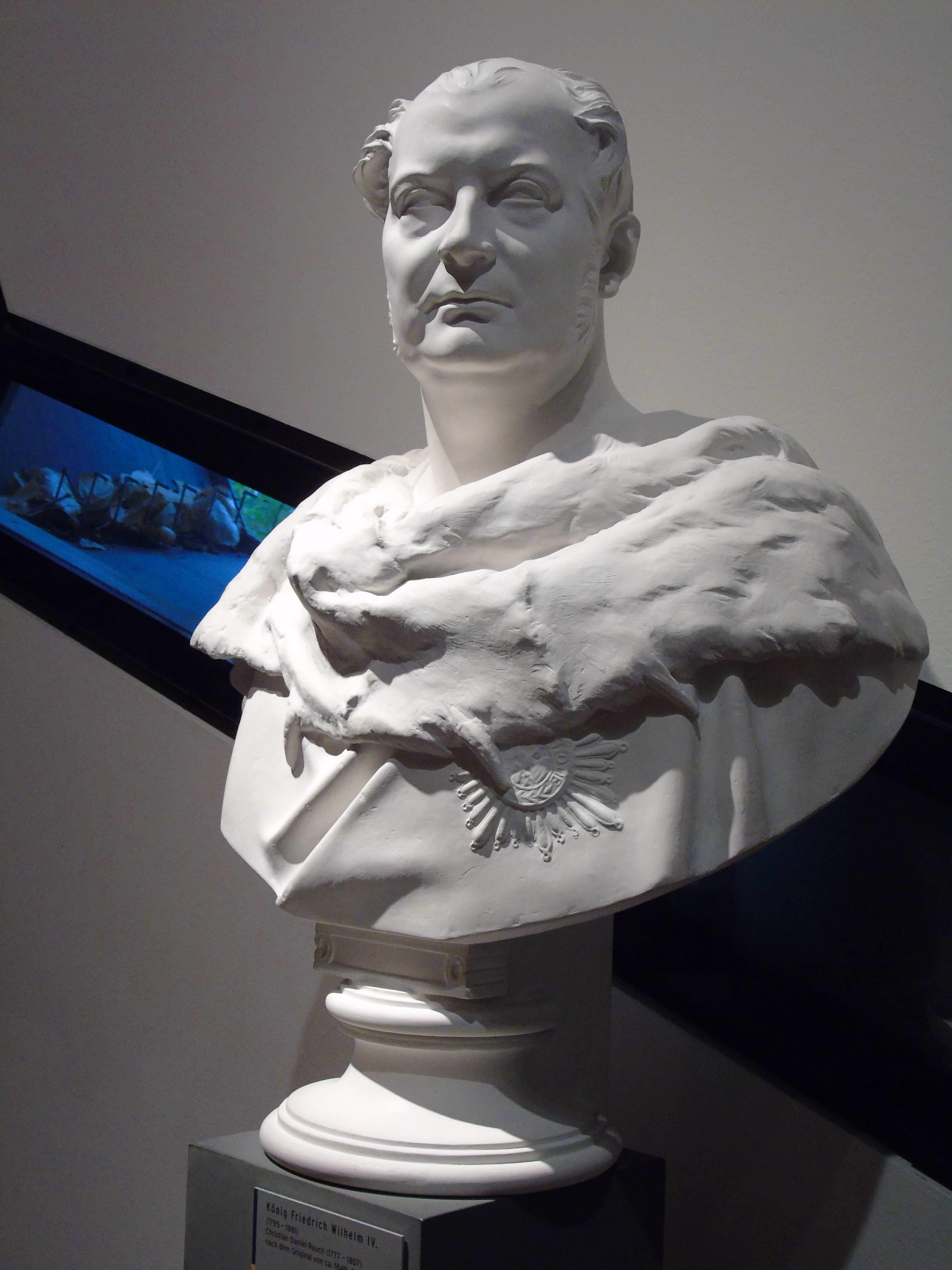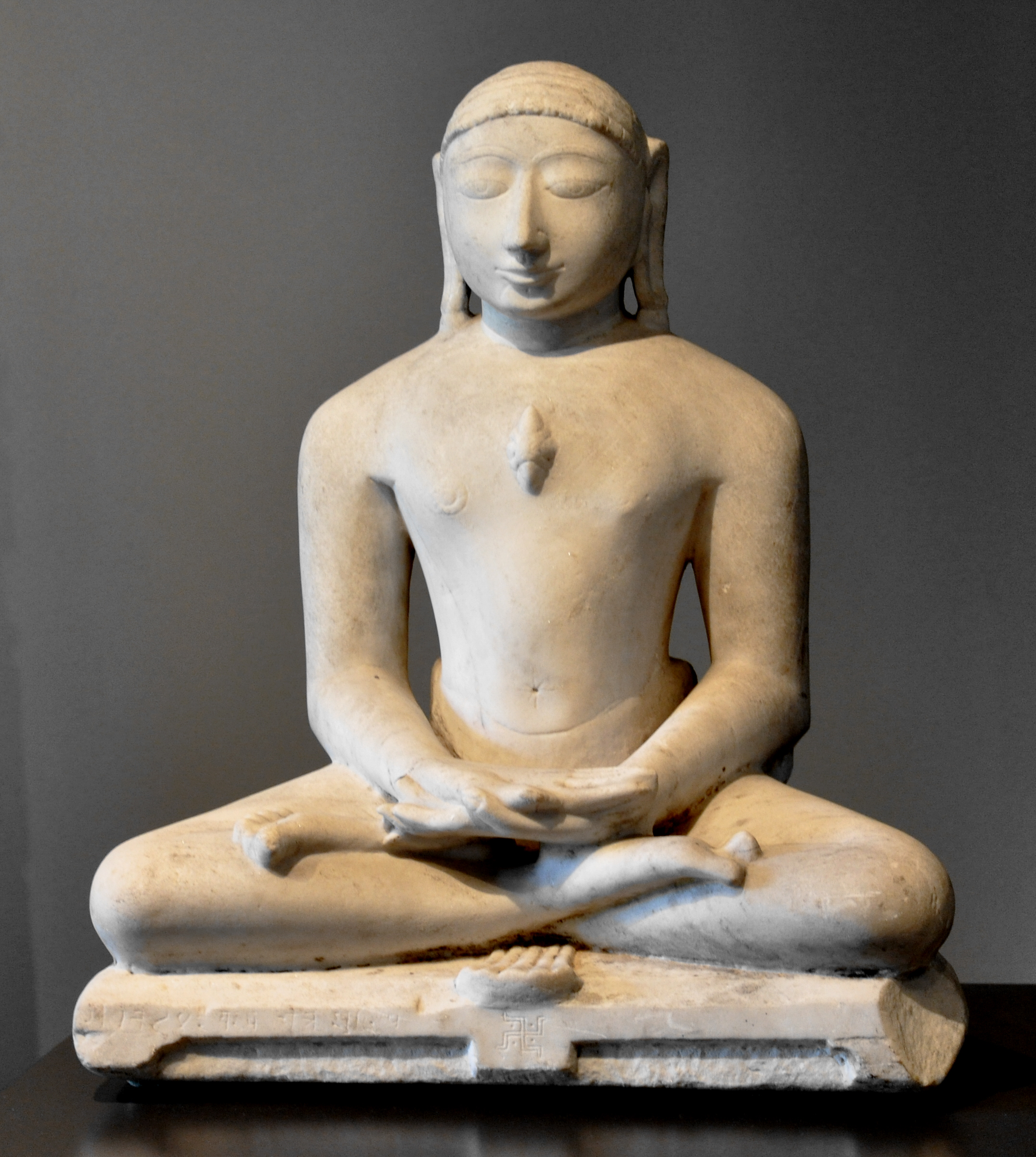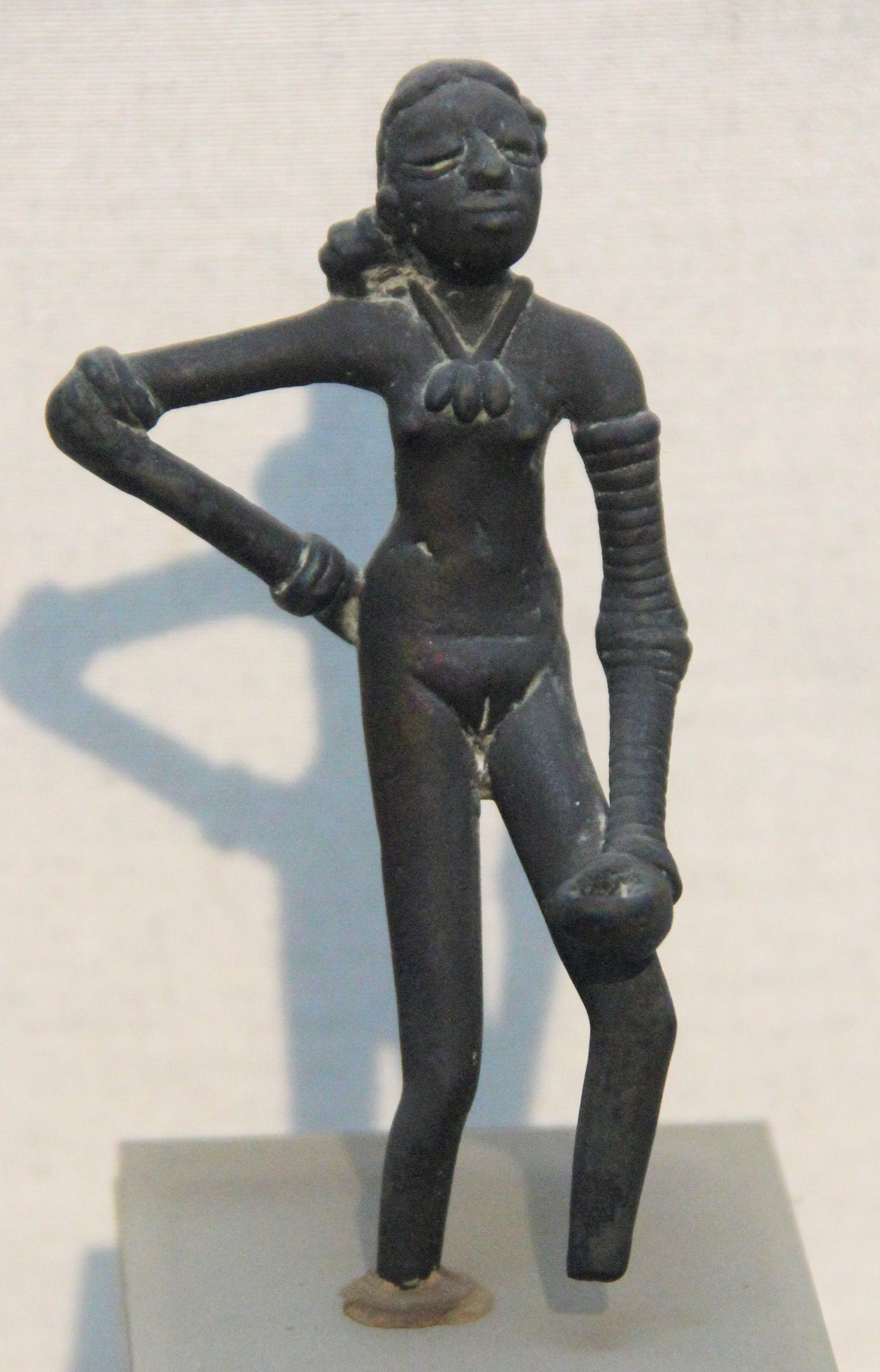|
Pedestal
A pedestal or plinth is a support at the bottom of a statue, vase, column, or certain altars. Smaller pedestals, especially if round in shape, may be called socles. In civil engineering, it is also called ''basement''. The minimum height of the plinth is usually kept as 45 cm (for buildings). It transmits loads from superstructure to the substructure and acts as the retaining wall for the filling inside the plinth or raised floor. In sculpting, the terms base, plinth, and pedestal are defined according to their subtle differences. A base is defined as a large mass that supports the sculpture from below. A plinth is defined as a flat and planar support which separates the sculpture from the environment. A pedestal, on the other hand, is defined as a shaft-like form that raises the sculpture and separates it from the base. An elevated pedestal or plinth that bears a statue, and which is raised from the substructure supporting it (typically roofs or corniches), is some ... [...More Info...] [...Related Items...] OR: [Wikipedia] [Google] [Baidu] |
Bixi (tortoise)
Bixi, or Bi Xi (), is a figure from Chinese mythology. One of the nine sons of the Dragon King, he is depicted as a dragon with the shell of a turtle. Stone sculptures of Bixi have been used in Chinese culture for centuries as a decorative plinth for commemorative steles and tablets, particularly in the funerary complexes of its later emperors and to commemorate important events, such as an imperial visit or the anniversary of a World War II victory. They are also used at the bases of bridges and archways. Sculptures of Bixi are traditionally rubbed for good luck, which can cause conservation issues. They can be found throughout East Asia and the Russian Far East. History The tradition of tortoise-mounted stelae originated no later than early 3rd century (late Han dynasty). According to the 1957 survey by Chêng Tê-k'un (), the earliest extant tortoise-borne stele is thought to be the one at the tomb of Fan Min (), in Lushan County, Ya'an, Sichuan. Victor Segalen had ... [...More Info...] [...Related Items...] OR: [Wikipedia] [Google] [Baidu] |
Socle (architecture)
In architecture, a socle is a short plinth used to support a pedestal, sculpture, or column. In English, the term tends to be most used for the bases for rather small sculptures, with plinth or pedestal preferred for larger examples. This is not the case in French. In the field of archaeology this term refers to a wall base, frequently of stone, that supports the upper part of the wall, which is made of a different material – frequently mudbrick. This was a typical building practice in ancient Greece, resulting in the frequent preservation of the plans of ancient buildings only in their stone-built lower walls, as at the city of Olynthos.Maher, Matthew P, ''The Fortifications of Arkadian City States in the Classical and Hellenistic Periods'', p. 36, 2017, Oxford University Press, , 9780191090202google books/ref> A very early example is the two-storey fortified House of the Tiles at Lerna in the Peloponnese, built of mud-brick over a stone socle, with much use of wood, and cla ... [...More Info...] [...Related Items...] OR: [Wikipedia] [Google] [Baidu] |
Lotus Throne
The lotus throne, sometimes called lotus platform, is a stylized lotus flower used as the seat or base for a figure in art associated with Indian religions. It is the normal pedestal for divine figures in Buddhist art and Hindu art, and often seen in Jain art. Originating in Indian art, it followed Indian religions to East Asia in particular. The precise form varies, but is intended to represent the opening flower of ''Nelumbo nucifera'', the Indian lotus. In the traditional biographies lotus flowers sprung up at the Buddha's first seven steps, and in some Buddhist legends the baby Padmasambhava emerged from a lotus flower. The Indian lotus is an aquatic plant similar to a Nymphaeaceae, water lily, though not actually any close relation. It has a large, round, and flat Receptacle (botany), seed head in the centre of the flower, with initially small openings above each of the relatively small number of seeds. Among other unusual characteristics, ''nelumbo nucifera'' has partic ... [...More Info...] [...Related Items...] OR: [Wikipedia] [Google] [Baidu] |
Altar
An altar is a table or platform for the presentation of religion, religious offerings, for sacrifices, or for other ritualistic purposes. Altars are found at shrines, temples, Church (building), churches, and other places of worship. They are used particularly in Christianity, Buddhism, Hinduism, and modern paganism. Many historical-medieval faiths also made use of them, including the Religion in ancient Rome, Roman, Religion in ancient Greece, Greek, and Norse paganism, Norse religions. Etymology The modern English language, English word ''wikt:altar#English, altar'' was derived from Middle English ''wikt:alter#Latin, altar'', from Old English ''wikt:alter, alter'', taken from Latin ''wikt:altare#Latin, altare'' ("altar"), probably related to ''wikt:adolere#Etymology 2, adolere'' ("burn"); thus "burning place", influenced by ''wikt:altus#Latin, altus'' ("high"). It displaced the native Old English word ''wikt:weofod#Old English, wēofod''. Altars in antiquity In antiquity, alta ... [...More Info...] [...Related Items...] OR: [Wikipedia] [Google] [Baidu] |
Column
A column or pillar in architecture and structural engineering is a structural element that transmits, through compression, the weight of the structure above to other structural elements below. In other words, a column is a compression member. The term ''column'' applies especially to a large round support (the shaft of the column) with a capital and a base or pedestal, which is made of stone, or appearing to be so. A small wooden or metal support is typically called a '' post''. Supports with a rectangular or other non-round section are usually called '' piers''. For the purpose of wind or earthquake engineering, columns may be designed to resist lateral forces. Other compression members are often termed "columns" because of the similar stress conditions. Columns are frequently used to support beams or arches on which the upper parts of walls or ceilings rest. In architecture, "column" refers to such a structural element that also has certain proportional and decorative f ... [...More Info...] [...Related Items...] OR: [Wikipedia] [Google] [Baidu] |
Podium
A podium (: podiums or podia) is a platform used to raise something to a short distance above its surroundings. In architecture a building can rest on a large podium. Podiums can also be used to raise people, for instance the conductor of an orchestra stands on a podium as do many public speakers. Common parlance has shown an increasing use of ''podium'' in North American English to describe a lectern. In sports, a type of podium can be used to honor the top three competitors in events. In the modern Olympics a tri-level podium is used. Traditionally, the highest platform is in the center for the gold medalist. To their right is a lower platform for the silver medalist, and to the left of the gold medalist is a lower platform for the bronze medalist. At the 2016 Rio Summer Olympics, the Silver and Bronze podium places were of equal elevation. In many sports, results in the top three of a competition are often referred to as podiums or podium finishes. In some individual ... [...More Info...] [...Related Items...] OR: [Wikipedia] [Google] [Baidu] |
Jain Art
Jain art refers to religious works of art associated with Jainism. Even though Jainism has spread only in some parts of India, it has made a significant contribution to Indian art and architecture. In general Jain art broadly follows the contemporary style of Indian Buddhist and Hindu art, though the iconography, and the functional layout of temple buildings, reflects specific Jain needs. The artists and craftsmen producing most Jain art were probably not themselves Jain, but from local workshops patronized by all religions. This may not have been the case for illustrated manuscripts, where many of the oldest Indian survivals are Jain. Jains mainly depict ''tirthankara'' or other important people in a seated or standing meditative posture, sometimes on a very large scale. '' Yaksa'' and ''yaksini'', attendant spirits who guard the ''tirthankara'', are usually shown with them. Iconography of tirthankaras A tirthankara or Jina is represented either seated in lotus positio ... [...More Info...] [...Related Items...] OR: [Wikipedia] [Google] [Baidu] |
Statue
A statue is a free-standing sculpture in which the realistic, full-length figures of persons or animals are carved or Casting (metalworking), cast in a durable material such as wood, metal or stone. Typical statues are life-sized or close to life-size. A sculpture that represents persons or animals in full figure, but that is small enough to lift and carry is a ''statuette'' or figurine, whilst those that are more than twice life-size are regarded as '':colossal statues, colossal statues''. Statues have been produced in many cultures from prehistory to the present; the oldest-known statue dating to about 30,000 years ago. Statues represent many different people and animals, real and mythical. Many statues are placed in public places as public art. The world's tallest statue, ''Statue of Unity'', is tall and is located near the Narmada dam in Gujarat, India. Colors Ancient statues often show the bare surface of the material of which they are made. For example, many people as ... [...More Info...] [...Related Items...] OR: [Wikipedia] [Google] [Baidu] |
Arcade (architecture)
An arcade is a succession of contiguous arches, with each arch supported by a colonnade of columns or Pier (architecture), piers. Exterior arcades are designed to provide a sheltered walkway for pedestrians; they include many loggias, but here arches are not an essential element. An arcade may feature arches on both sides of the walkway. Alternatively, a blind arcade superimposes arcading against a solid wall. Blind arcades are a feature of Romanesque architecture that influenced Gothic architecture. In the Gothic architectural tradition, the arcade can be located in the interior, in the lowest part of the wall of the nave, supporting the triforium and the clerestory in a cathedral, or on the exterior, in which they are usually part of the walkways that surround the courtyard and cloisters. A different, related meaning is "a covered passage with shops on one or both sides". Many medieval open arcades housed shops or stalls, either in the arcaded space itself, or set into the mai ... [...More Info...] [...Related Items...] OR: [Wikipedia] [Google] [Baidu] |
Pilaster
In architecture, a pilaster is both a load-bearing section of thickened wall or column integrated into a wall, and a purely decorative element in classical architecture which gives the appearance of a supporting column and articulates an extent of wall. As an ornament it consists of a flat surface raised from the main wall surface, usually treated as though it were a column, with a capital at the top, plinth (base) at the bottom, and the various other column elements. In contrast to a Classical pilaster, an engaged column or buttress can support the structure of a wall and roof above. In human anatomy, a pilaster is a ridge that extends vertically across the femur, which is unique to modern humans. Its structural function is unclear. Definition A pilaster is foremost a load-bearing architectural element used widely throughout the world and its history where a structural load is carried by a thickened section of wall or column integrated into a wall. It is also a purel ... [...More Info...] [...Related Items...] OR: [Wikipedia] [Google] [Baidu] |
The Hindu Goddess Parvati LACMA M
''The'' is a grammatical article in English, denoting nouns that are already or about to be mentioned, under discussion, implied or otherwise presumed familiar to listeners, readers, or speakers. It is the definite article in English. ''The'' is the most frequently used word in the English language; studies and analyses of texts have found it to account for seven percent of all printed English-language words. It is derived from gendered articles in Old English which combined in Middle English and now has a single form used with nouns of any gender. The word can be used with both singular and plural nouns, and with a noun that starts with any letter. This is different from many other languages, which have different forms of the definite article for different genders or numbers. Pronunciation In most dialects, "the" is pronounced as (with the voiced dental fricative followed by a schwa) when followed by a consonant sound, and as (homophone of the archaic pronoun ''thee' ... [...More Info...] [...Related Items...] OR: [Wikipedia] [Google] [Baidu] |
Indian Art
Indian art consists of a variety of art forms, including painting, sculpture, pottery, and textile arts such as woven silk. Geographically, it spans the entire Indian subcontinent, including what is now India, Pakistan, Bangladesh, Sri Lanka, Nepal, Bhutan, and at times eastern Afghanistan. A strong sense of design is characteristic of Indian art and can be observed in its modern and traditional forms. The earliest Indian art originated during the prehistoric settlements of the 3rd millennium BCE, such as the rock shelters of Bhimbetka, which contain some of the world’s oldest known cave paintings. On its way to modern times, Indian art has had cultural influences, as well as religious influences such as Hinduism, Buddhism, Jainism, Sikhism and Islam. In spite of this complex mixture of religious traditions, generally, the prevailing artistic style at any time and place has been shared by the major religious groups. In historic art, sculpture in stone and metal, mainly relig ... [...More Info...] [...Related Items...] OR: [Wikipedia] [Google] [Baidu] |









